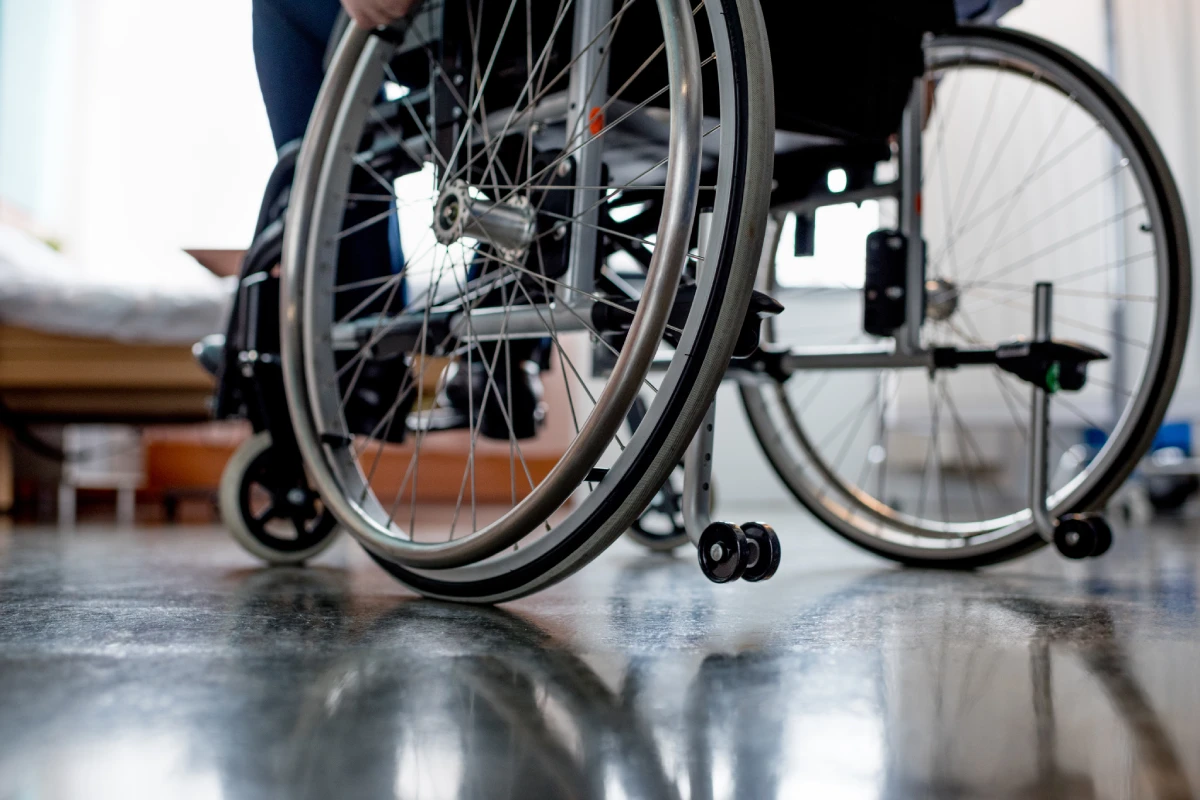Degenerative disc disease is a painful and potentially debilitating condition of the spine. Social Security disability benefits may be available to those who are unable to work because of the symptoms associated with the condition.
Social Security Disability Insurance (SSDI) is awarded only to applicants who can prove the existence of a medically determinable impairment and its impact on their functional ability. Below is a guide to understanding the relationship between degenerative disc disease, disability and applying for SSDI.
What Is Degenerative Disc Disease?
Degenerative disc disease is the result of damage to the spinal discs. A healthy disc provides shock absorption between the spinal bones. They also provide flexibility. On the other hand, a damaged disc can become swollen, tender and painful. A patient also may experience less flexibility.
Unfortunately, spinal discs may struggle to repair themselves after injury. Someone with degenerative disc disease may experience a gradual worsening of symptoms as the condition progresses through the various stages of degradation.
What Are the Symptoms of Degenerative Disc Disease?
Many of the symptoms associated with degenerative disc disease may make employment difficult, uncomfortable or even impossible. Below are some of the more common symptoms associated with this condition:
- Pain when twisting, lifting or bending (tasks often required for physical or manual labor jobs, such as stocking store shelves or working in construction)
- Pain when sitting, especially in the lower back (this can make desk jobs painful and uncomfortable);
- Frequently needing to change positions to relieve pain;
- Bouts of severe pain;
- Tingling in the hands, feet, fingers and toes;
- Weak leg muscles (typically caused by nerve damage, in addition to disc damage);
- Pain that radiates from one point of the body to the other (for instance, originating in the lower back and spreading to the arms); and
- Pain that limits physical activity.
Degenerative disc disease is most commonly believed to be an age-related condition. It also may affect those who have suffered a past injury, such as in a car accident or a sports injury.
How Does the Social Security Administration Evaluate Degenerative Disc Disease?
The Social Security Administration includes degenerative disc disease in its Listing of Impairments (also known as the “blue book”). The condition is included in section 1.04 “Disorders of the Spine” under the “Musculoskeletal System – Adult.” When evaluating your condition, the disability examiner will look for:
- Evidence of compression of your nerve root with resultant pain, limited range of motion, and muscle weakness or atrophy;
- Spinal arachnoiditis (confirmed by imaging or tissue biopsy) that makes it necessary to change posture or position more than once every two hours; or
- Lumbar spinal stenosis resulting in the inability to move effectively.
SSDI benefits will be awarded only if you can prove you suffer from degenerative disc disease and that it has disabled you to the point where you cannot work. You will need substantial medical evidence and documentation of your disability to qualify for monthly SSDI benefits.
You may work with a disability attorney if you need assistance applying for SSDI or appealing a denied application. Schedule a free case evaluation by contacting our offices at 800-742-3920.





